How different bank accounts work and why you need them.
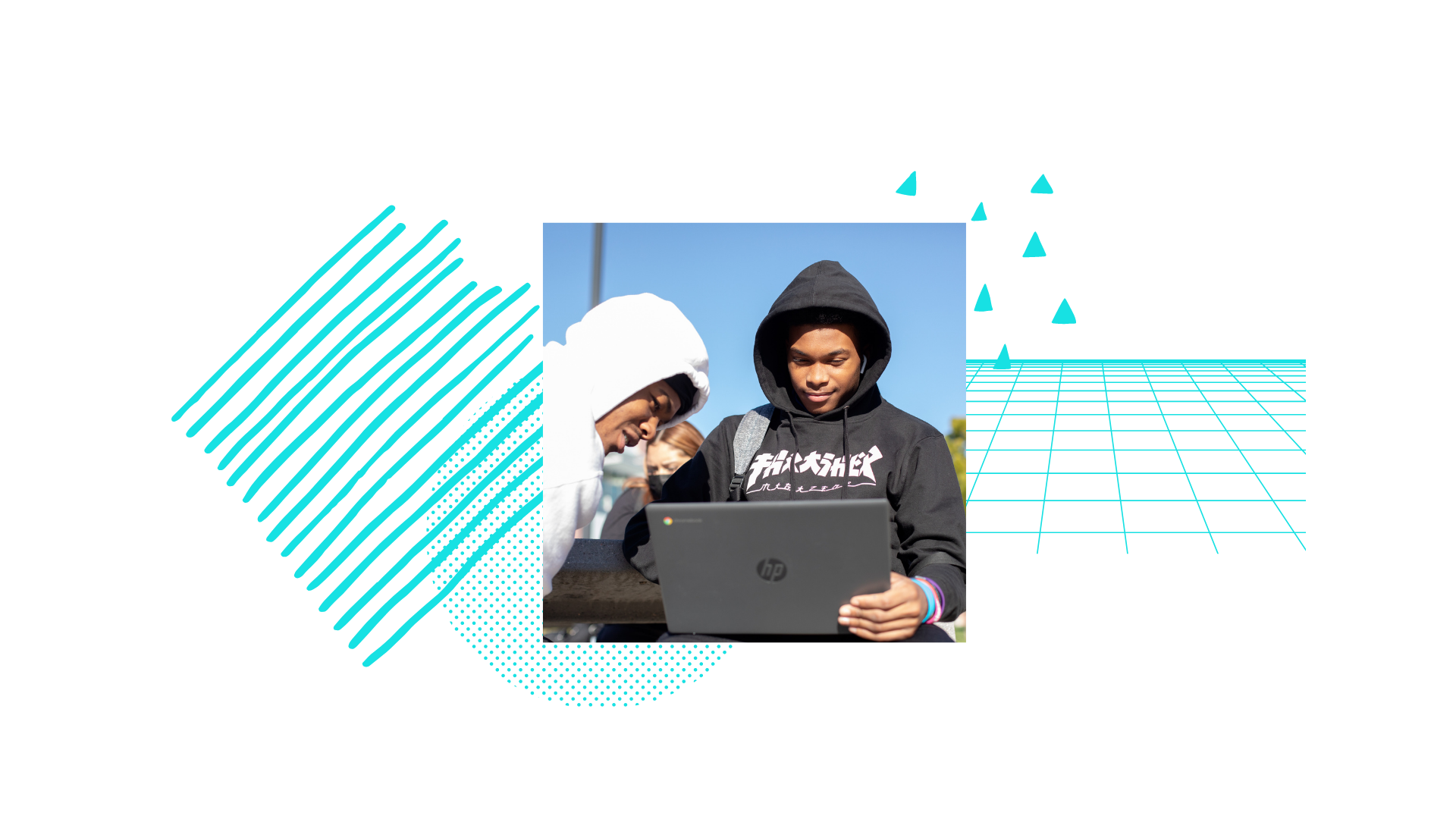
After graduating high school you’ll likely gain more financial freedom, but with this freedom comes great responsibility. Creating and following a budget when spending your income whether it’s from a job, a refund check from your financial aid will be critical to your success. Banks offer two main ways to store your money, checking or savings accounts. While the two are similar, there are some key differences.
You can only spend the amount of money you’ve deposited into your account. If you try to spend more than what you have in your account, your payment may be rejected and you could get hit with an “overdraft” fee.
To access money in a checking account you can use a debit card, or a paper checkbook. You can use money from your checking account for
Money held in a savings account is harder to access than money in a checking account. To access money from your savings account you have to transfer the money to your checking account or take out cash at an ATM. Most savings accounts have a limit to the number of free transfers or withdrawals you can make each month.
You can use a savings account to
It’s your money and the bank is borrowing it from you. Don’t be afraid to communicate with your bank. Ask questions, and challenge fees you might be asked to pay. If you miss a payment or spend more than what’s in your checking, call your bank right away. If you don’t make a habit of it, they will probably waive any fees.

Opening a checking account and a savings account will allow you to establish a relationship with a bank and manage your money. Having a relationship with a bank may be helpful when you want to obtain a credit card, get an apartment, or a take-out a car loan. Here are two steps you can take to get started:

Find a bank or credit union on campus or nearby and make an appointment to talk to a banker. This is very common and they will be able to explain the Checking and Savings account programs for students at their bank.
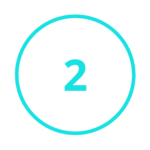
Your financial aid advisor on campus is also a great resource for advice about banking or how to best budget for your tuition or save a financial aid refund check. Make an appointment with them as well!


There are several different types of checking and savings accounts available to you, especially as a student, so make sure you take time to do your research online and learn about the different option. Here are some websites that provide good information you can rely on:
Synchrony Bank High Yield Savings
Many college campuses have a bank on campus for students to use. These banks are used to working with young people and may have secure checking accounts which won’t charge overdraft fees. When opening an account don’t be shy about asking questions. It’s important to understand the terms of your account and any fees that are associated.

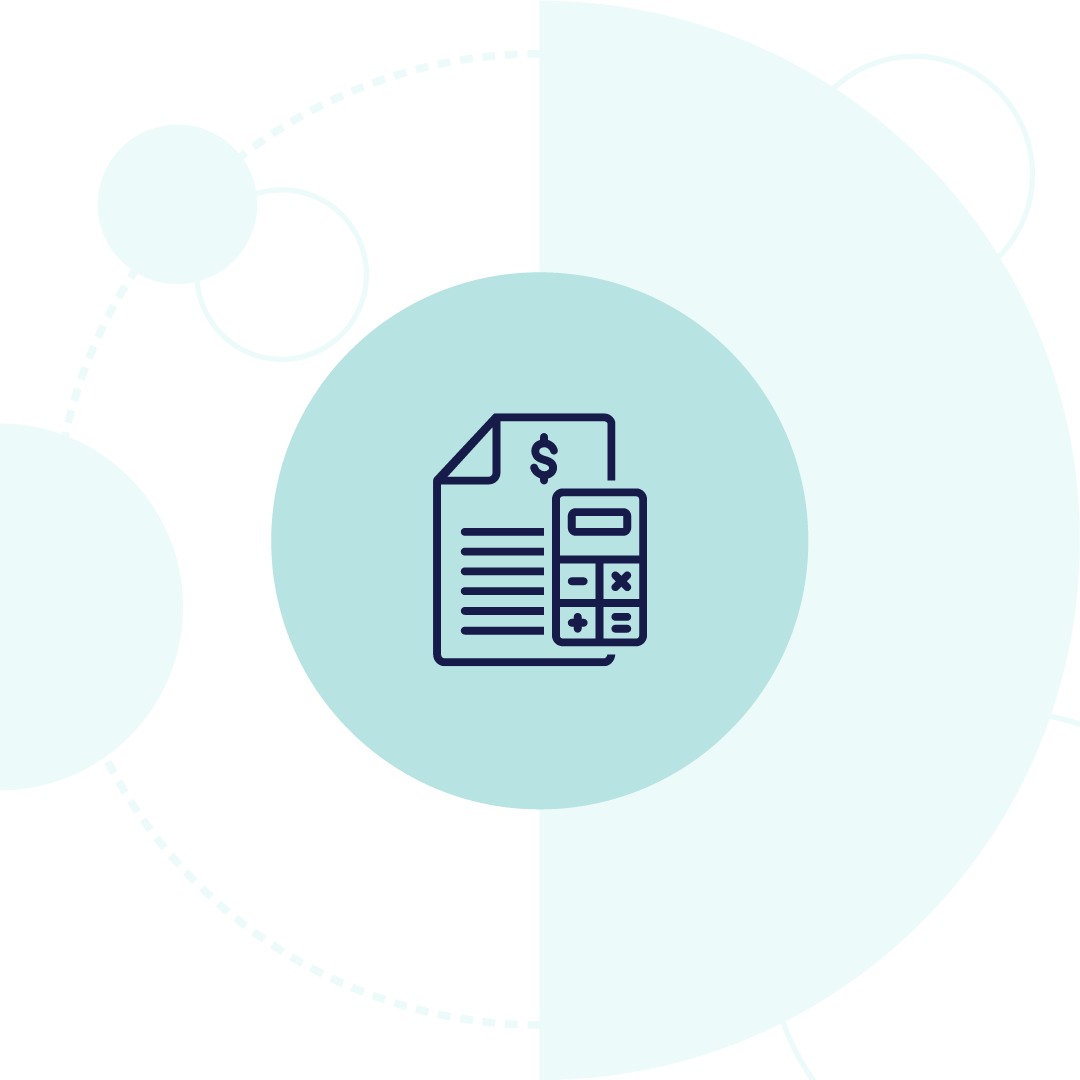
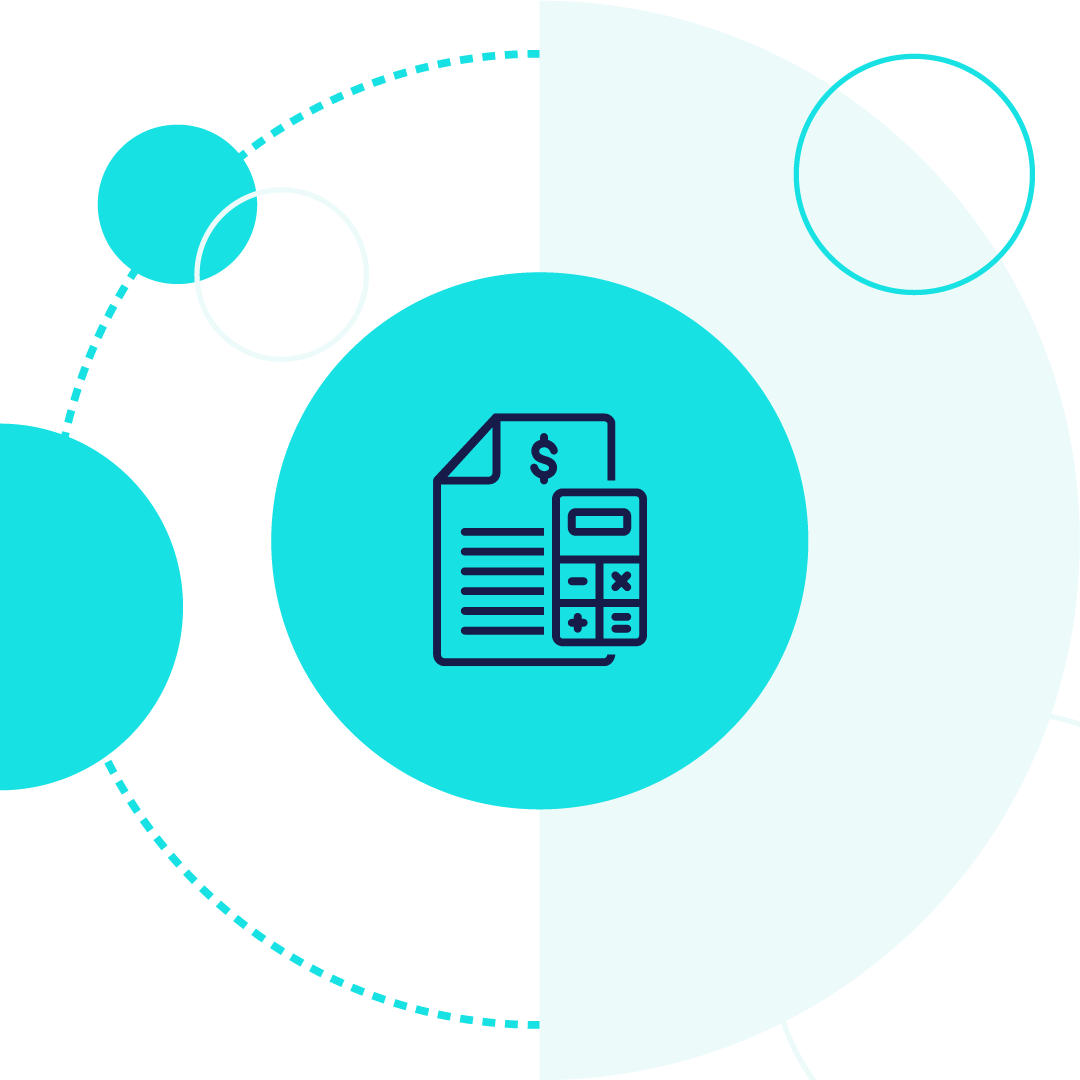
All the information you need to know about credit, and how to use it
Read More
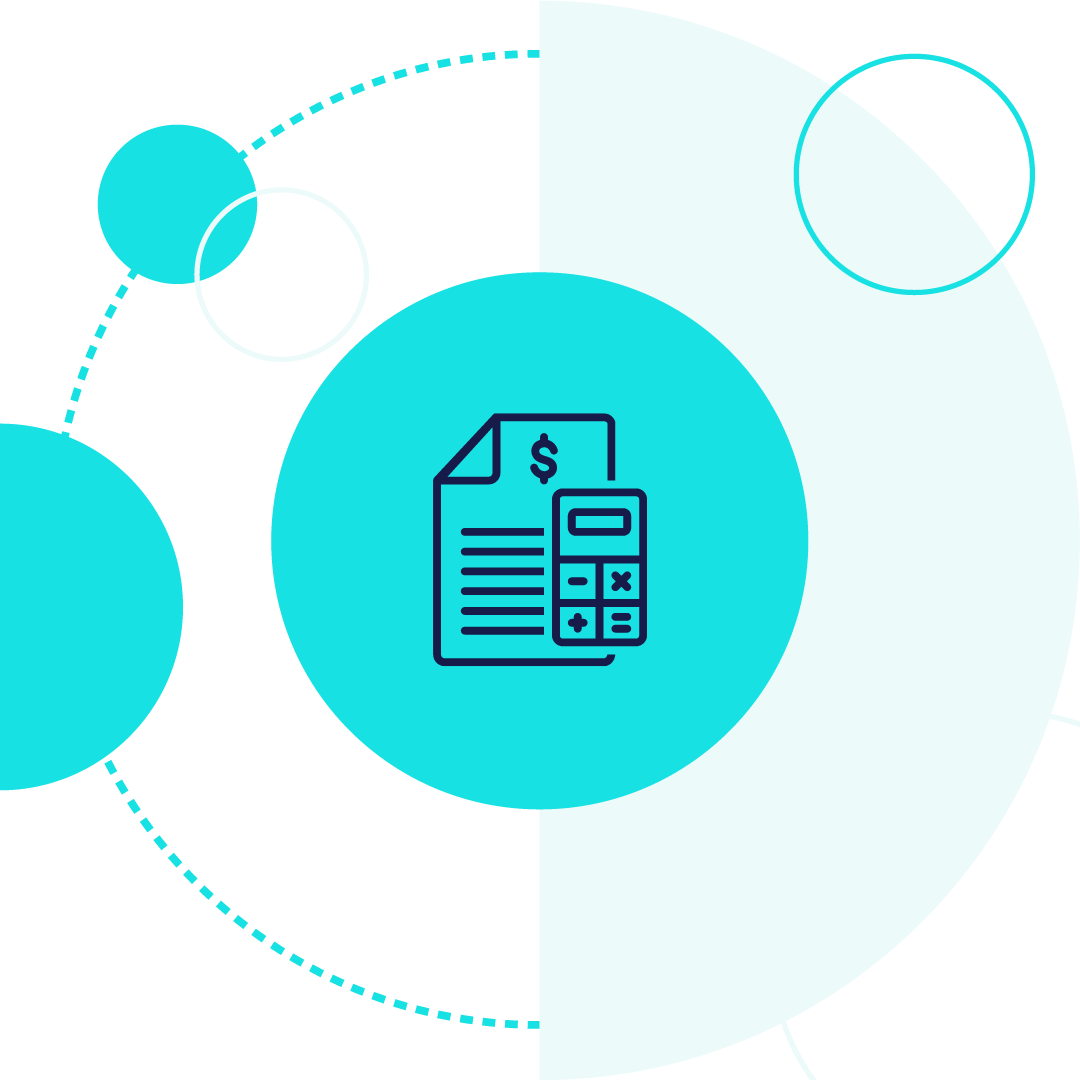
Your financial aid package may include work study. Here’s what that means!
Read More